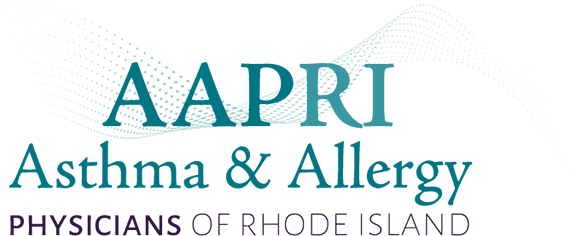People often confuse having a food allergy and having a food intolerance or sensitivity. Although these two conditions both occur with the consumption of certain foods, the causes are quite different. Here’s a look at food allergy vs. food intolerance—and how functional medicine can play a role in treatment.

For starters, they affect different systems in the body.
Food allergy is an immune system response in which your body overreacts to the proteins in certain foods as if they’re dangerous invaders. To protect itself, your immune system produces antibodies called Immunoglobulin E (IgE). “Food allergies are confirmed by skin or blood testing to see if the patient has the antibody IgE present for the food in question,” explains Dr. Z. “These antibodies then travel to cells, releasing chemicals that trigger an allergic reaction, which can range from mild to severe, even potentially life-threatening.”
Eight foods cause about 90% of all food allergies: cow’s milk, eggs, fish, peanuts, shell fish, soy, tree nuts, and wheat. However, any food can cause an allergic reaction.
Food intolerance, also known as non-IgE mediated food hypersensitivity or non-allergic food hypersensitivity, is an adverse reaction to food. It takes place in the digestive system where your body is unable to properly break down and digest the food. This condition is typically due to an enzyme deficiency as in the case of lactose intolerance, sensitivity to food additives, or reaction to naturally occurring chemicals in foods such as gluten.
How can functional medicine help treat a food allergy?
According to Dr. Z, the treatment of choice is still avoidance, noting that people who have anaphylactic reactions should carry an injectable epinephrine (EpiPen) at all times. He adds that while people do not typically outgrow most food allergies (aside from children who often outgrow egg and milk allergies), functional medicine can play an important role in treatment.
“On the functional level, we see that lifestyle and nutrition can affect the degree of allergic reactivity,” he says. “The standard American diet, which is low in nutritionally dense foods and high in processed foods, low in fruits and vegetables and high in sugar and unhealthy fats, creates an unhealthy microbiome, which then leads to lower immune tolerance.” In other words, eating well can help reduce the severity of your allergic reactions and make living with a food allergy easier.
Dr. Z is the first and only doctor that diagnosed my conditions correctly and I’ve already seen results from my action plans. He believes in the whole-person approach.
—Rosanna C.
Which one do you have?
If eating a certain food doesn’t agree with you, it’s important to find out what’s going on. Symptoms of a food allergy may include rash or hives, wheezing, swelling, tightness in the throat, upset stomach/vomiting (mostly in infants), and anaphylaxis. Food intolerance typically causes gastrointestinal problems such as bloating, gas, diarrhea, nausea, indigestion, and sometimes eczema or asthma. Contact us today to schedule a consultation and let us help you get on the path to better health.

